The new Polestar 3 will launch in the second quarter of next year as the firm's first SUV, touting a rakish design, luxury touches and advanced new technology.
Offering up to 510bhp in twin-motor guise, it gains a host of advanced safety features and makes extensive use of sustainable materials. The firm claims this makes the SUV "more relevant and responsible".
The 3 made its UK debut on the Polestar stand at Salon Privé earlier this year, shown in Long Range Dual Motor guise sporting 'Snow' white paintwork and 22in four-spoke forged alloys.
Pitted as a direct rival to the BMW iX and Jaguar I-Pace, it is the second series-production model from the Volvo spin-off brand after the Polestar 2 electric saloon.
Based on the advanced new SPA2 platform, it's effectively twinned with the forthcoming Volvo EX90, using much of the same underpinning technology and systems. But while the Polestar 1 and 2 were based on Volvo concept cars, the 3 is the first car designed from conception as a Polestar.
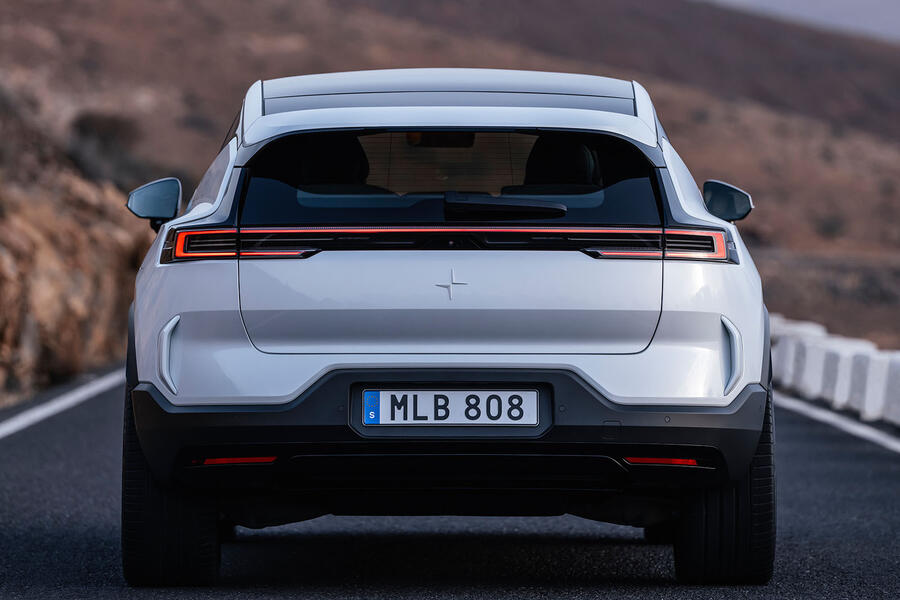
Although it's a large SUV, its rakish design shows a clear focus on aerodynamic efficiency, with a relatively sleek silhouette and a number of aero-channeling additions.
It features design features first seen on the Polestar Precept concept, including dual-blade headlights, a rear spoiler with a built-in wing and a front aero wing, below which is a ‘Smartzone’ panel containing various sensors. Polestar boss Thomas Ingenlath said these would become “defining characteristics” of the brand.
In keeping with Polestar’s performance focus, the 3 will launch with a rear-biased dual-motor powertrain, which in standard form produces 483bhp and 618lb ft of torque. That’s enough to power the 2584kg-plus machine from 0-62mph in 5.0sec and on to a top speed of 130mph.

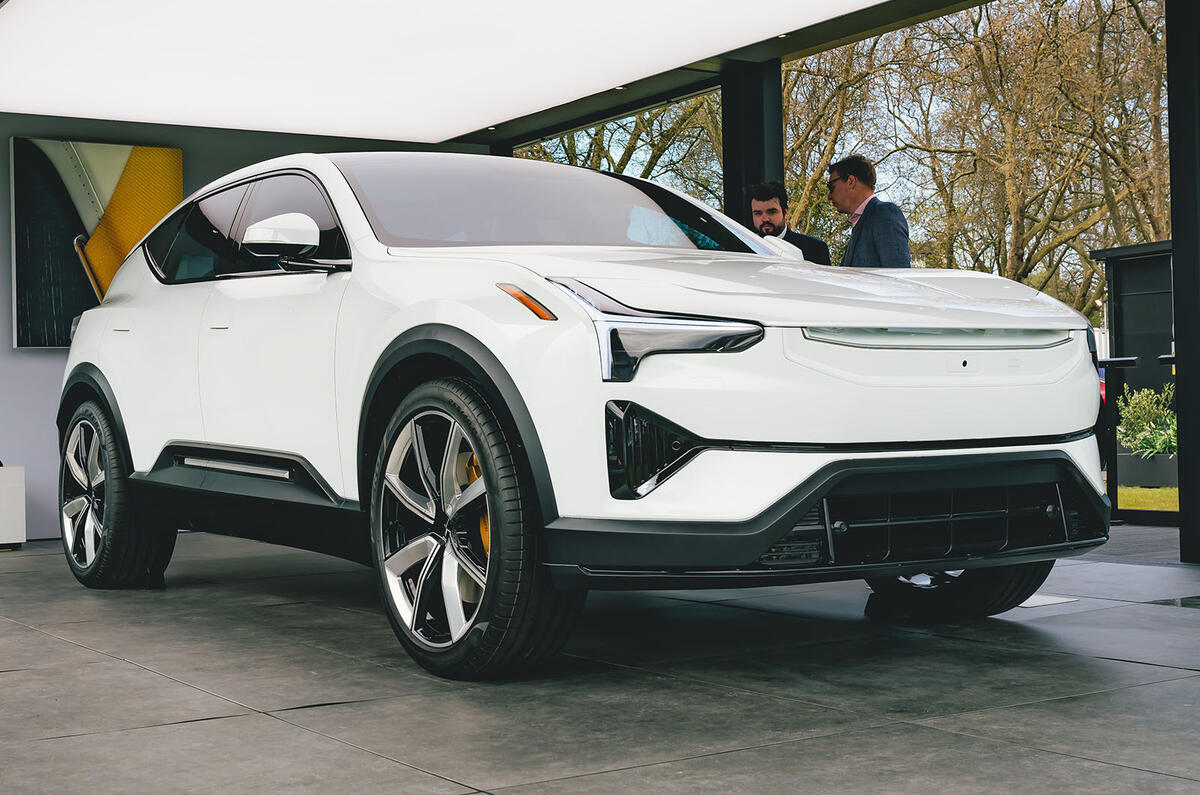
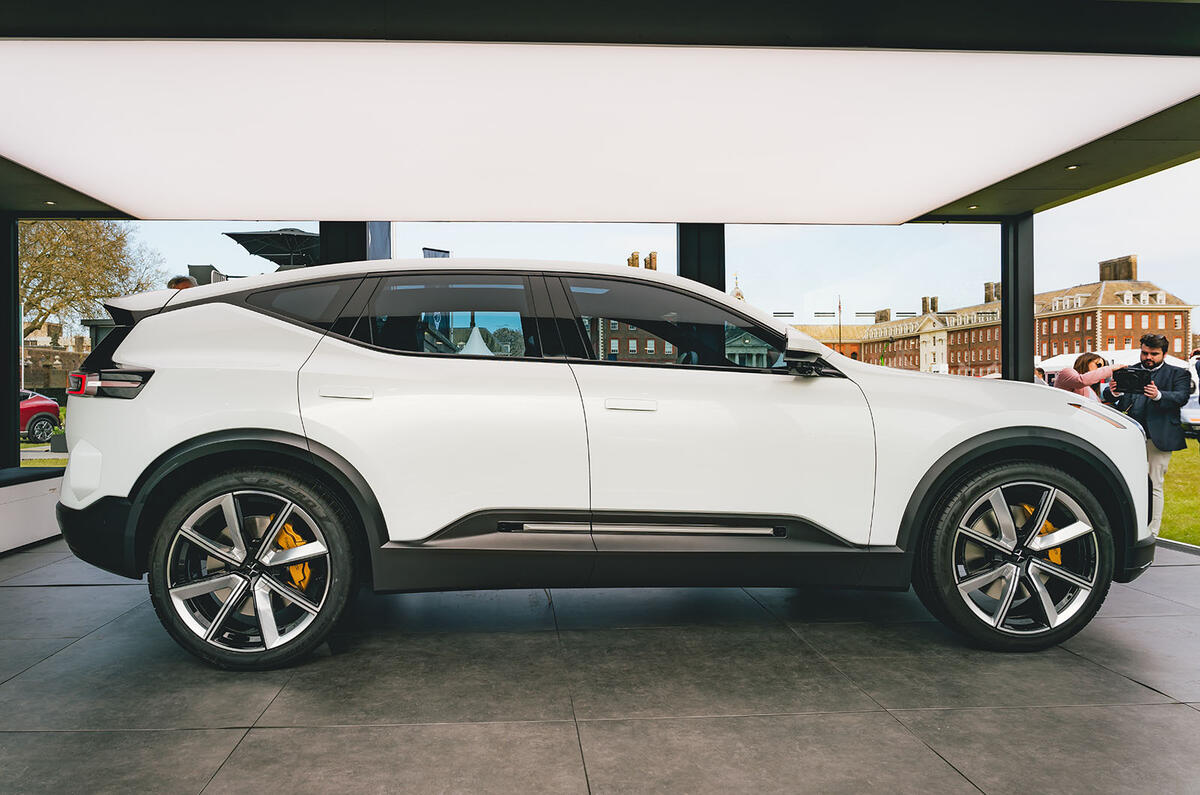
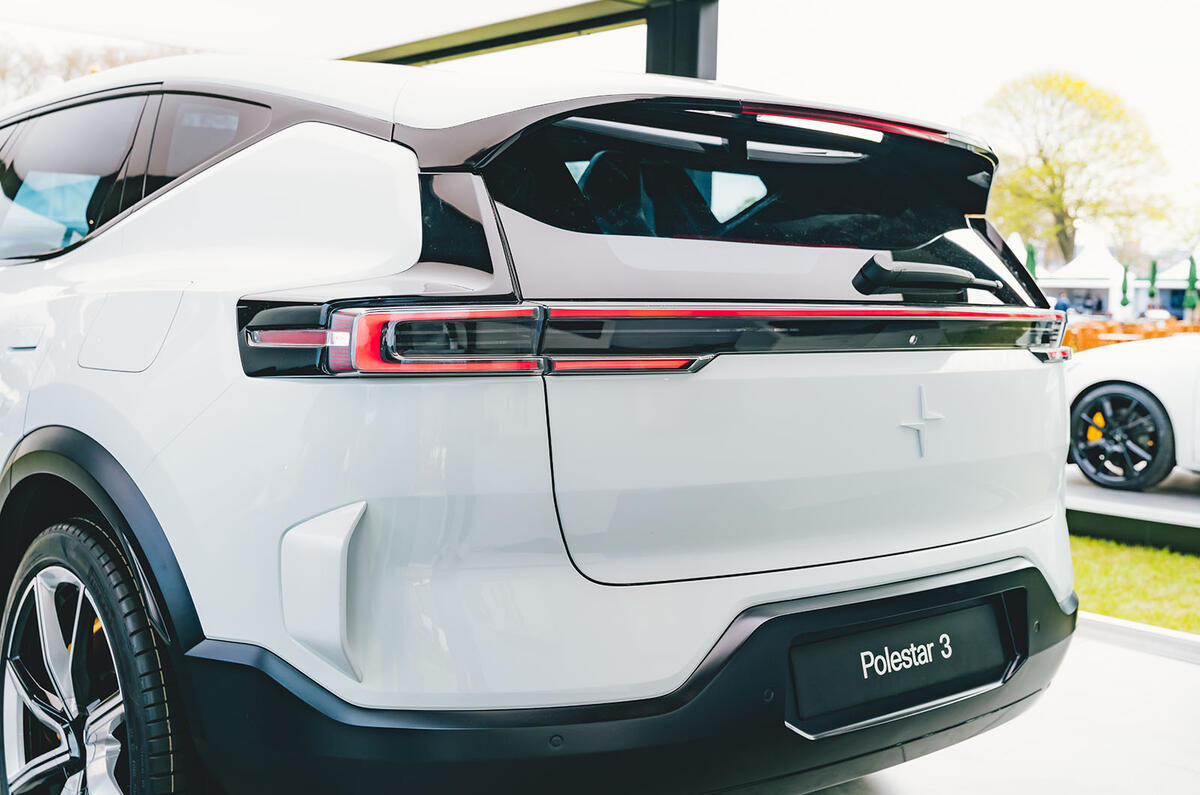
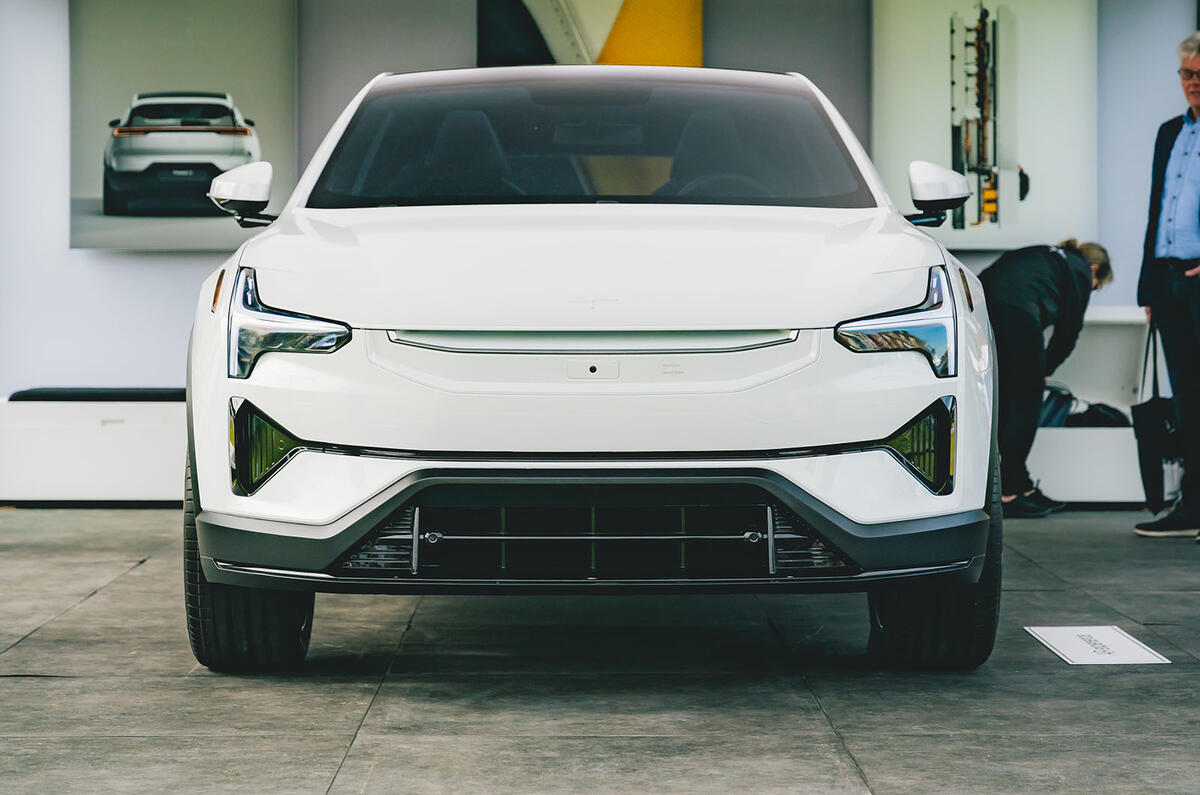
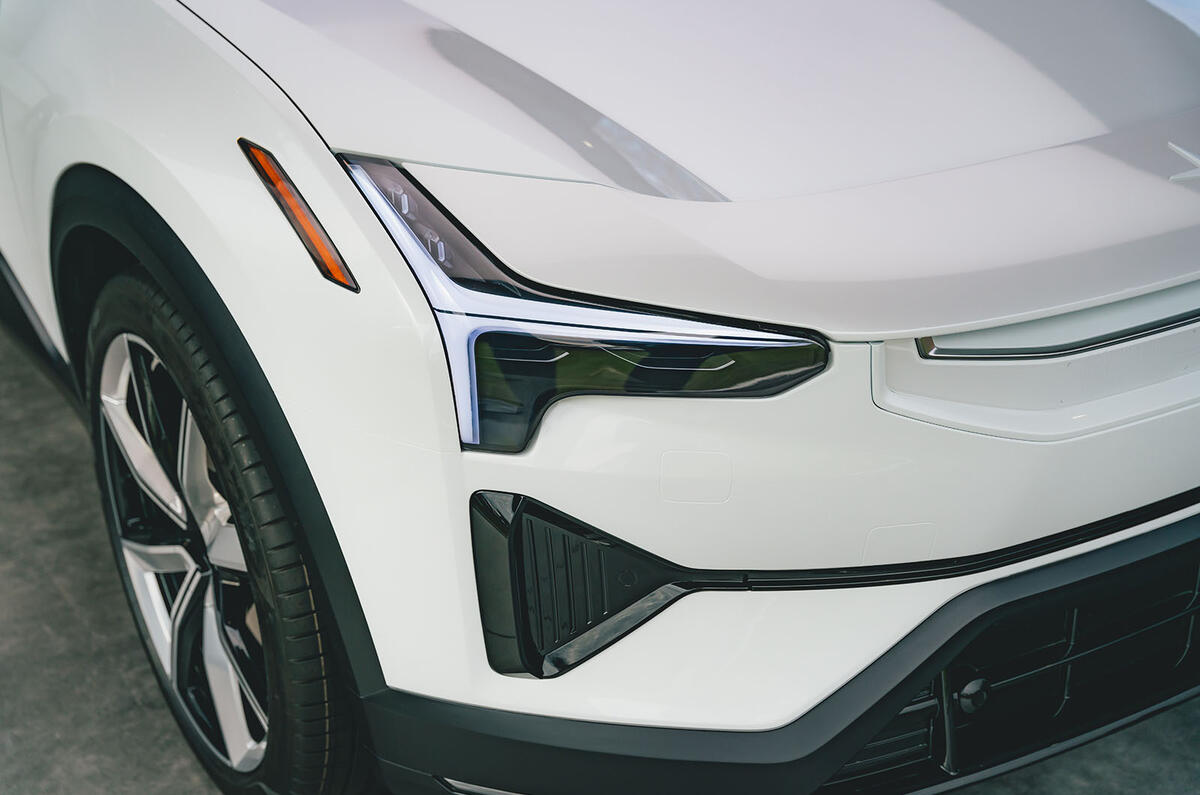
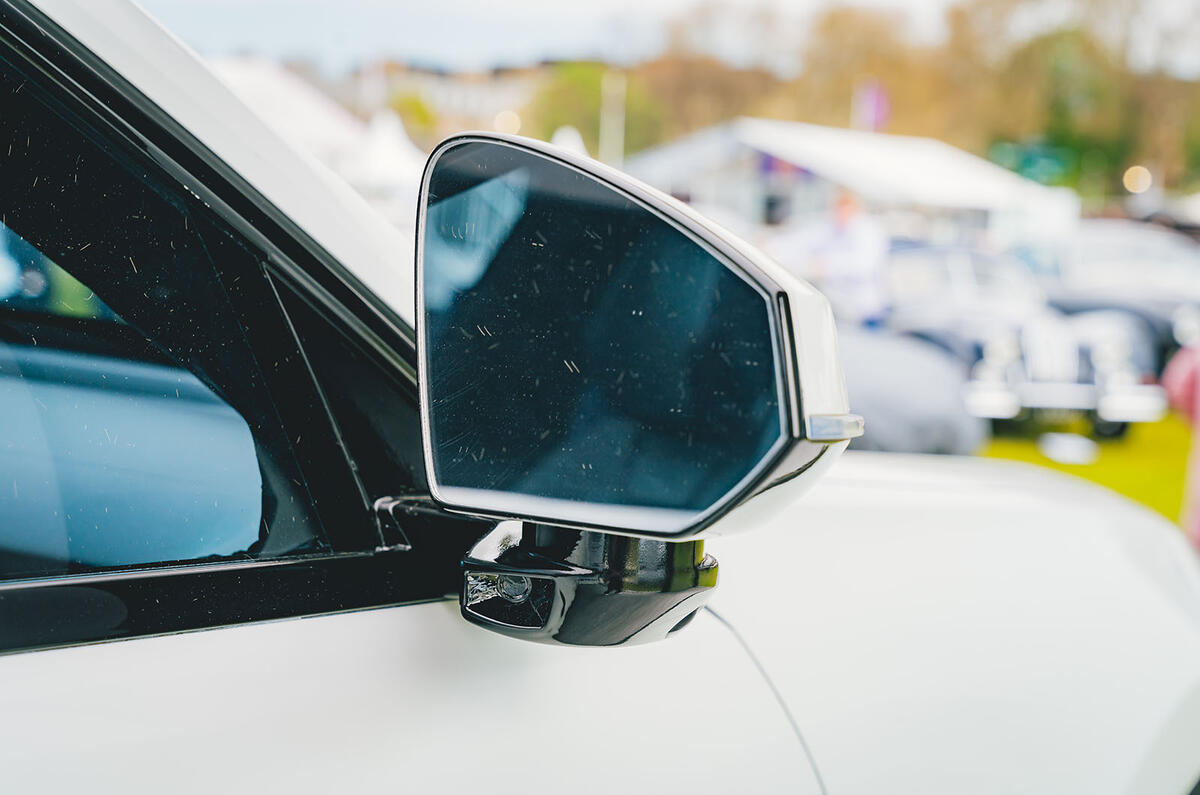
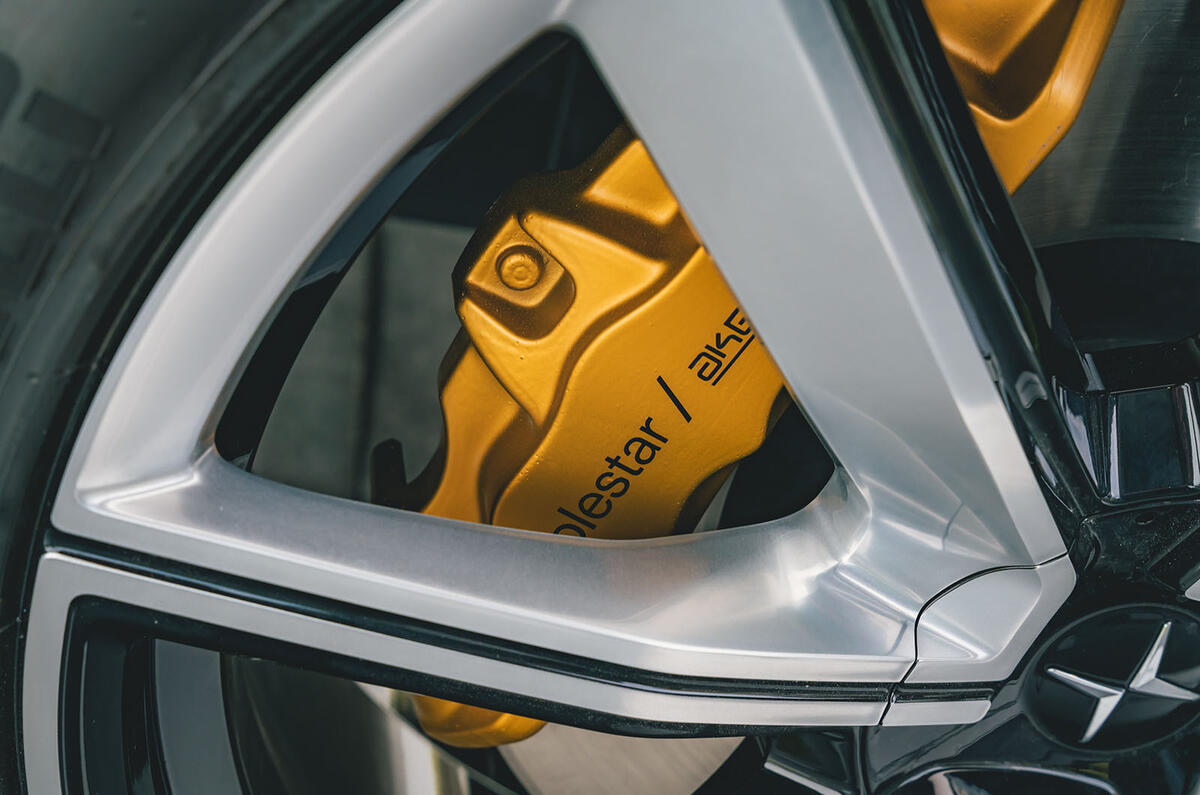
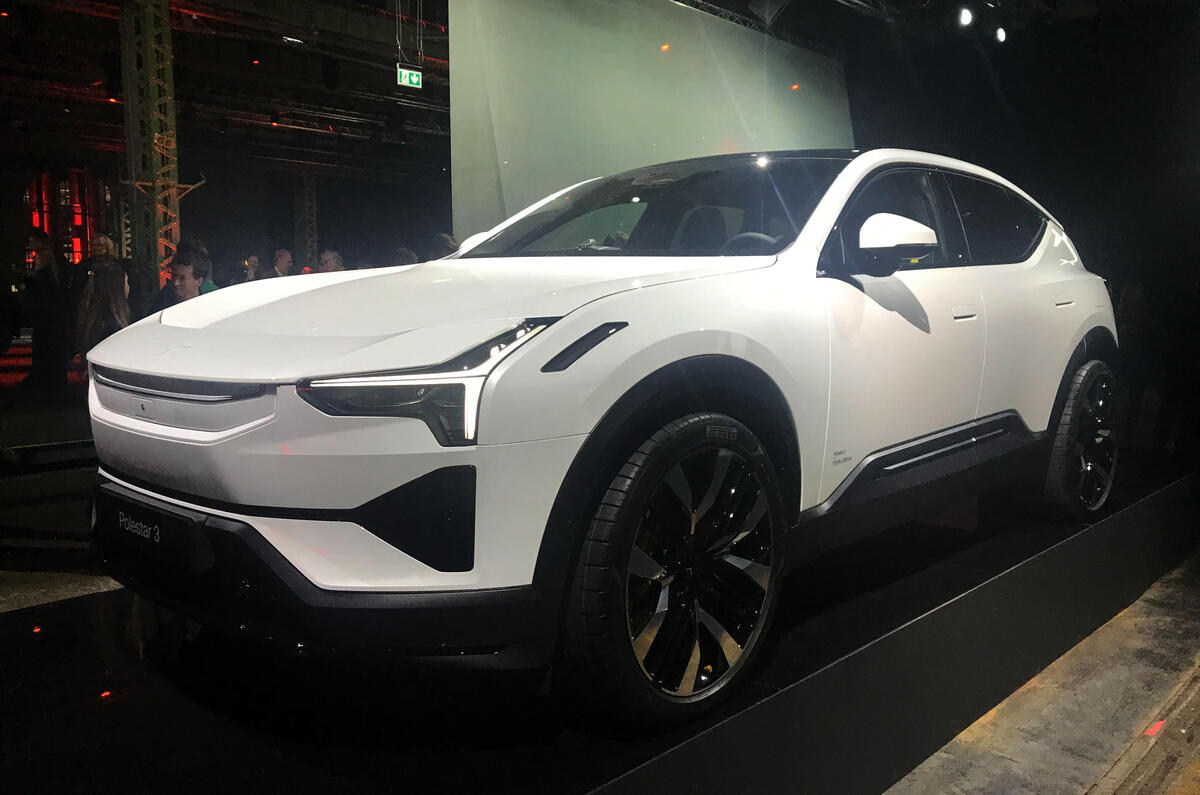
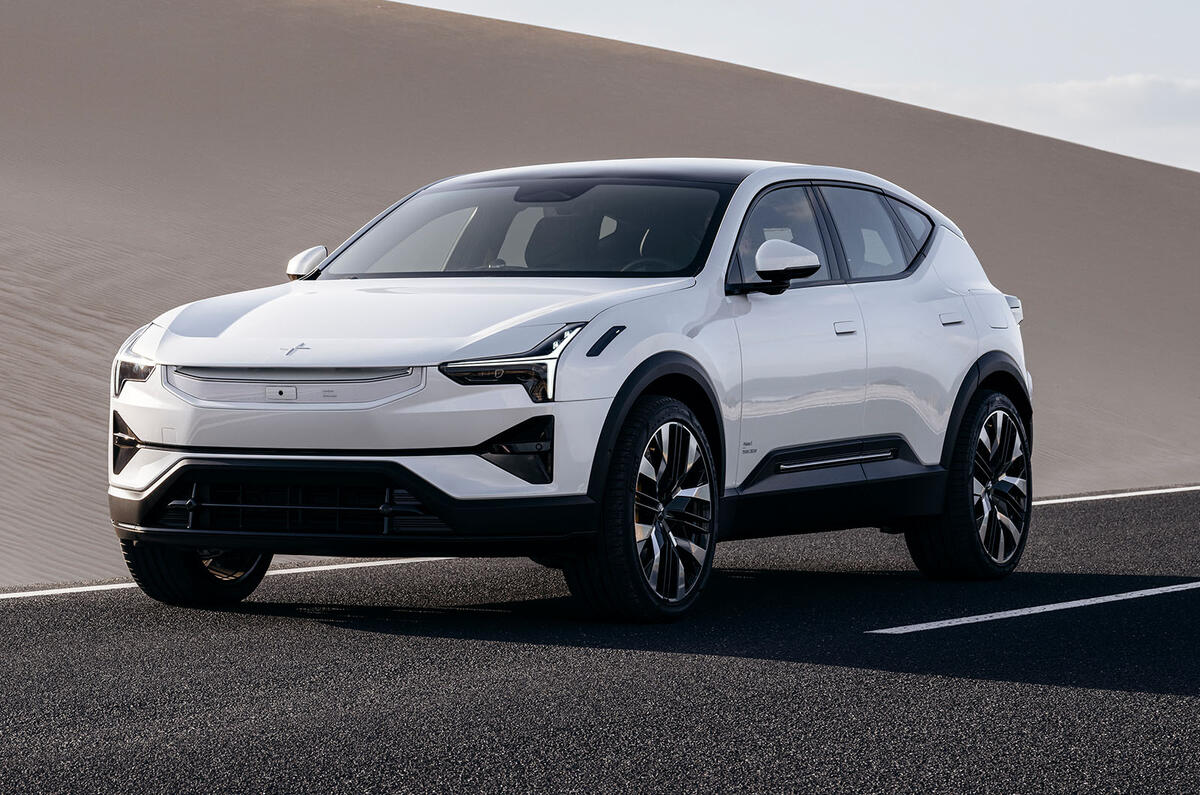
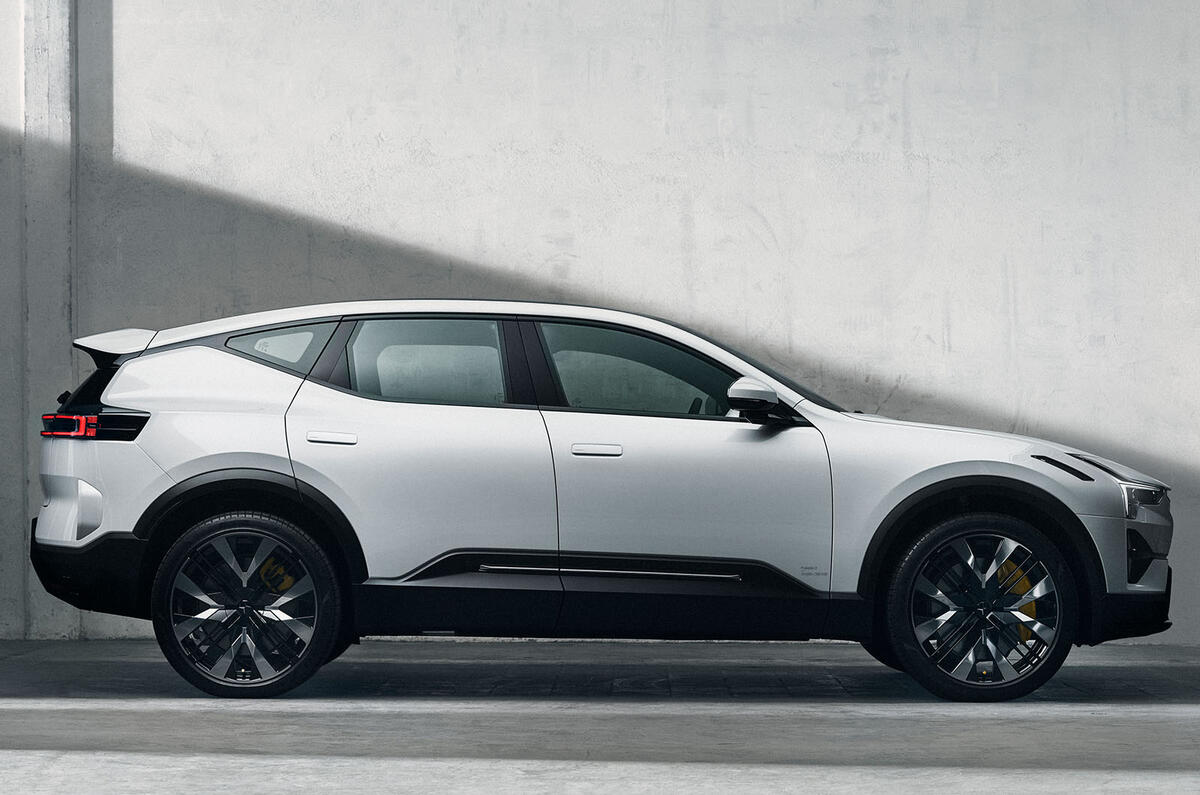
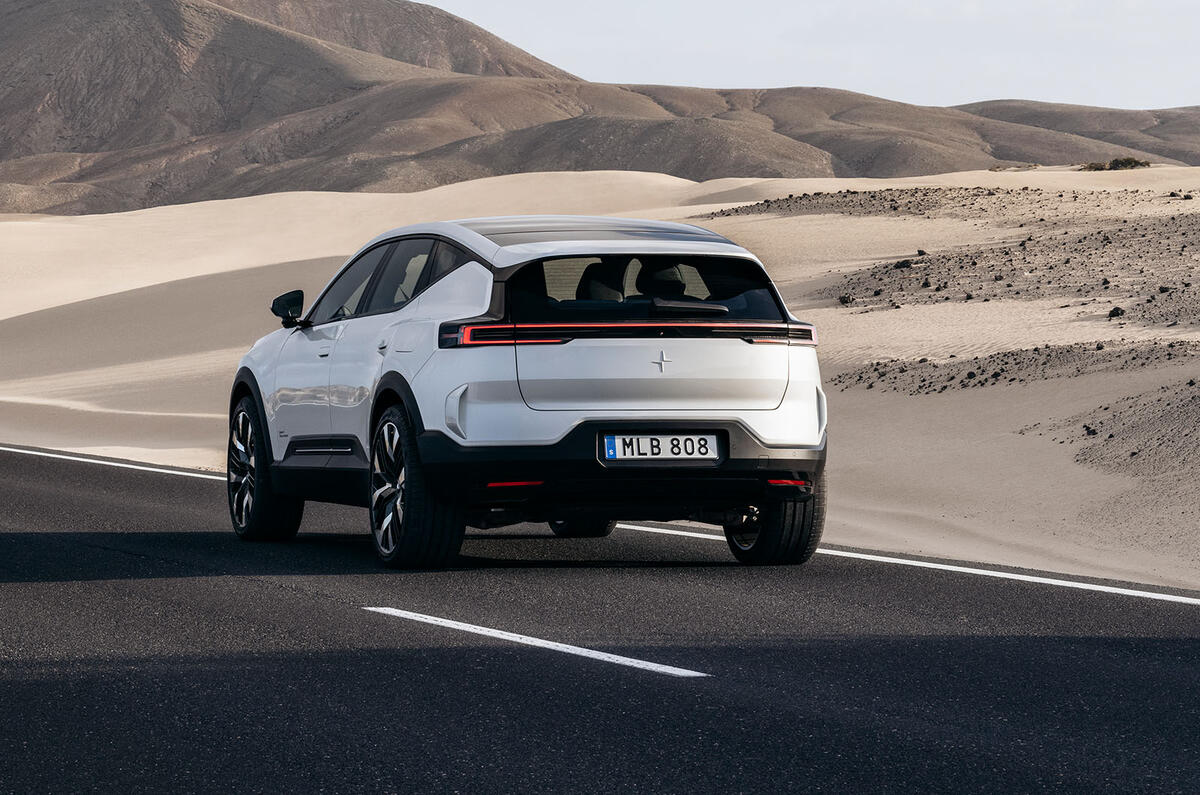
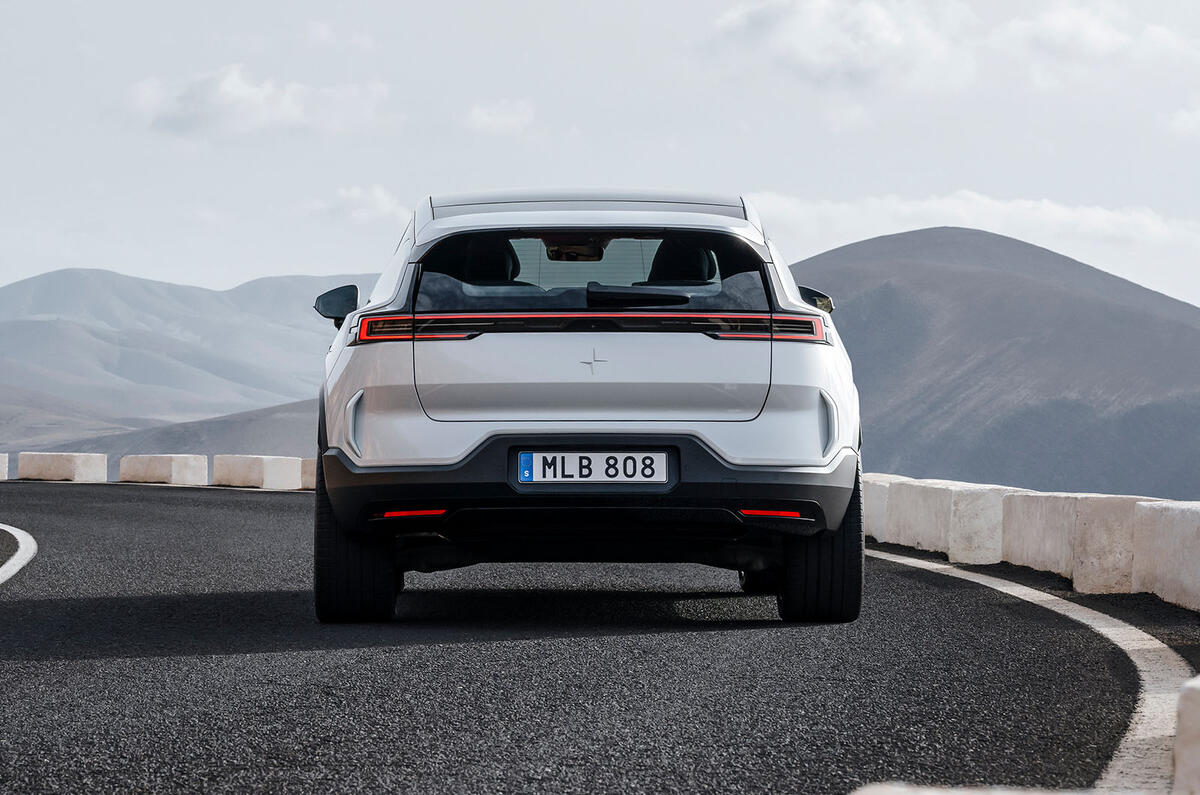
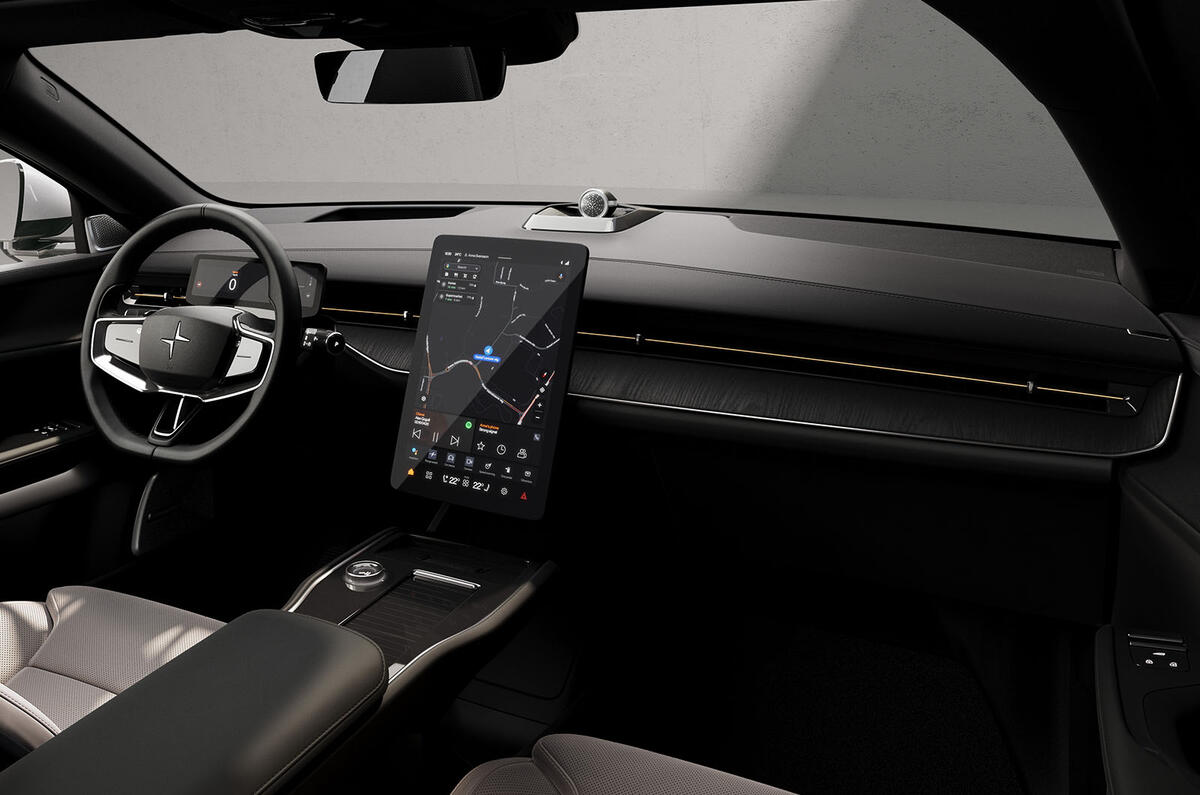
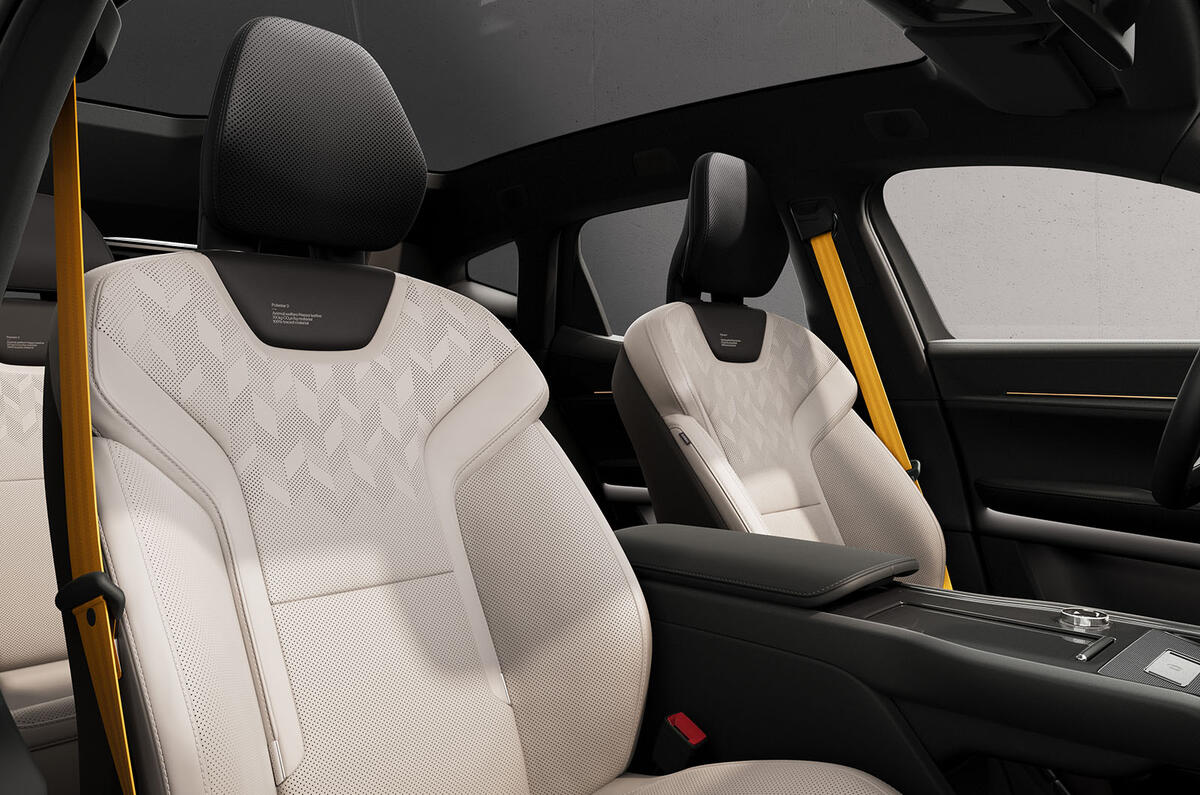
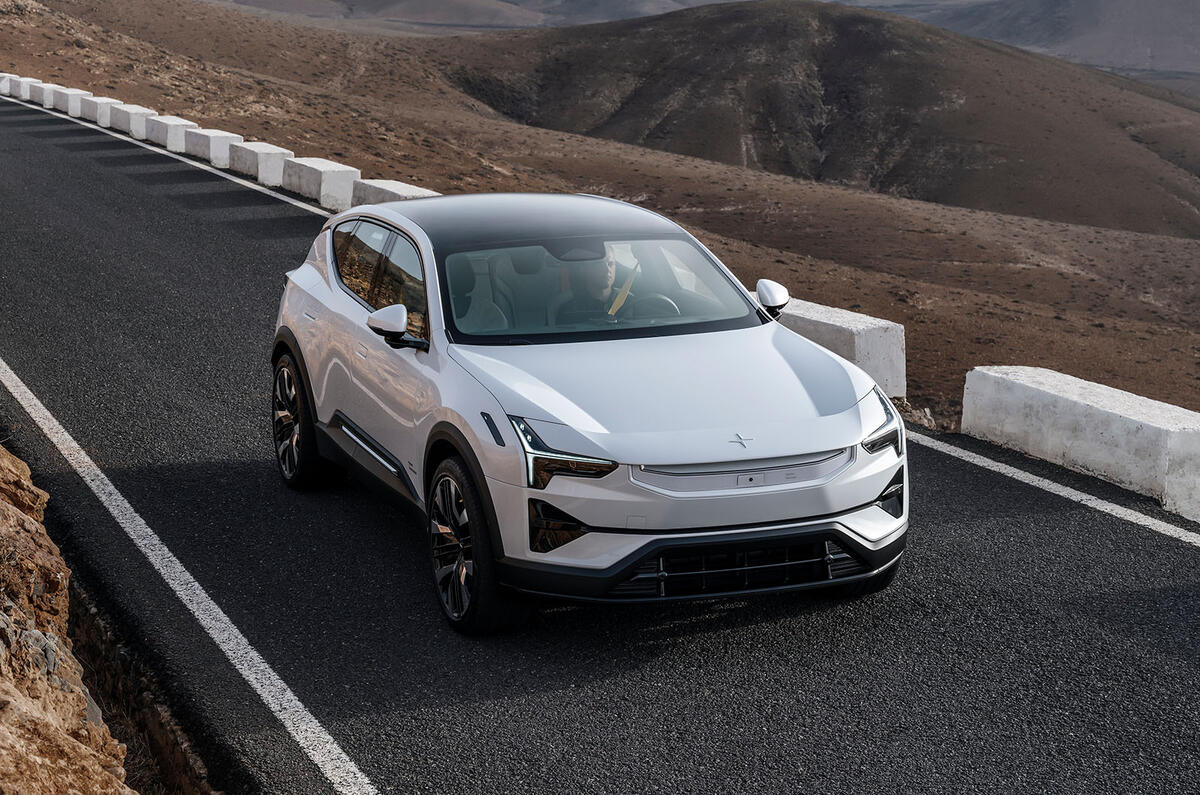
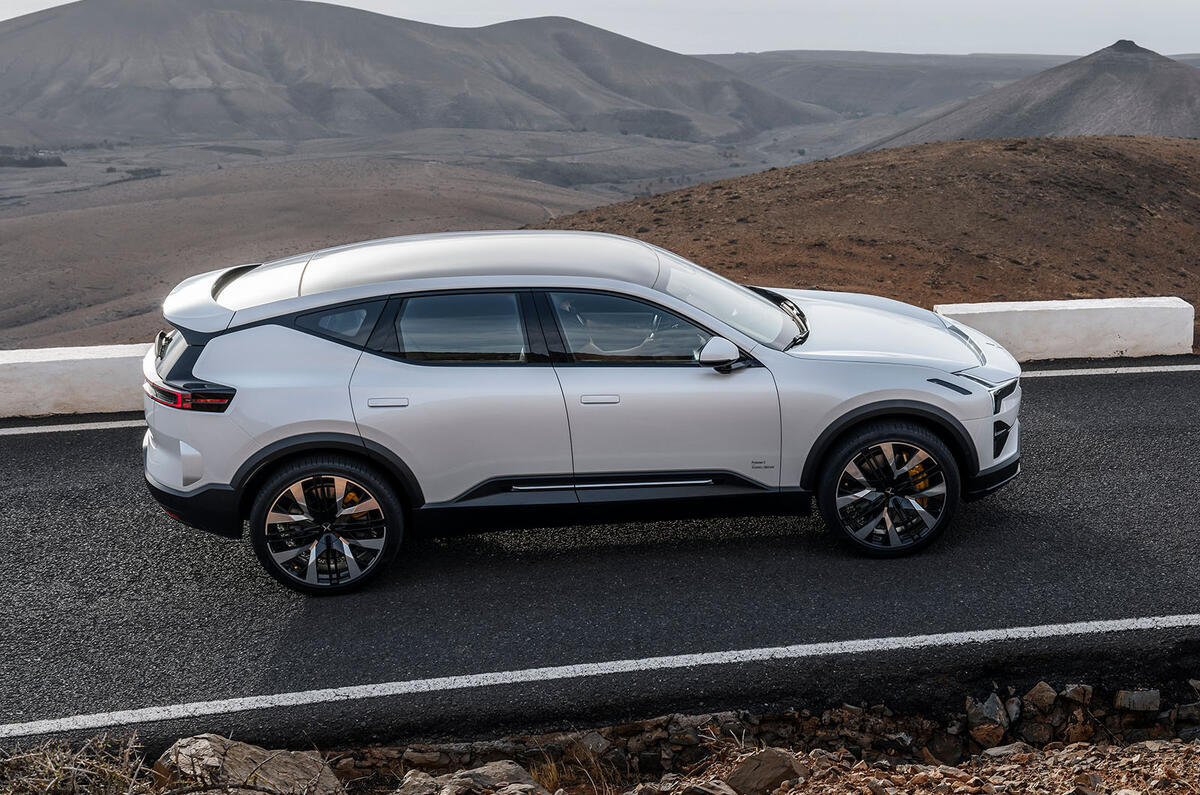
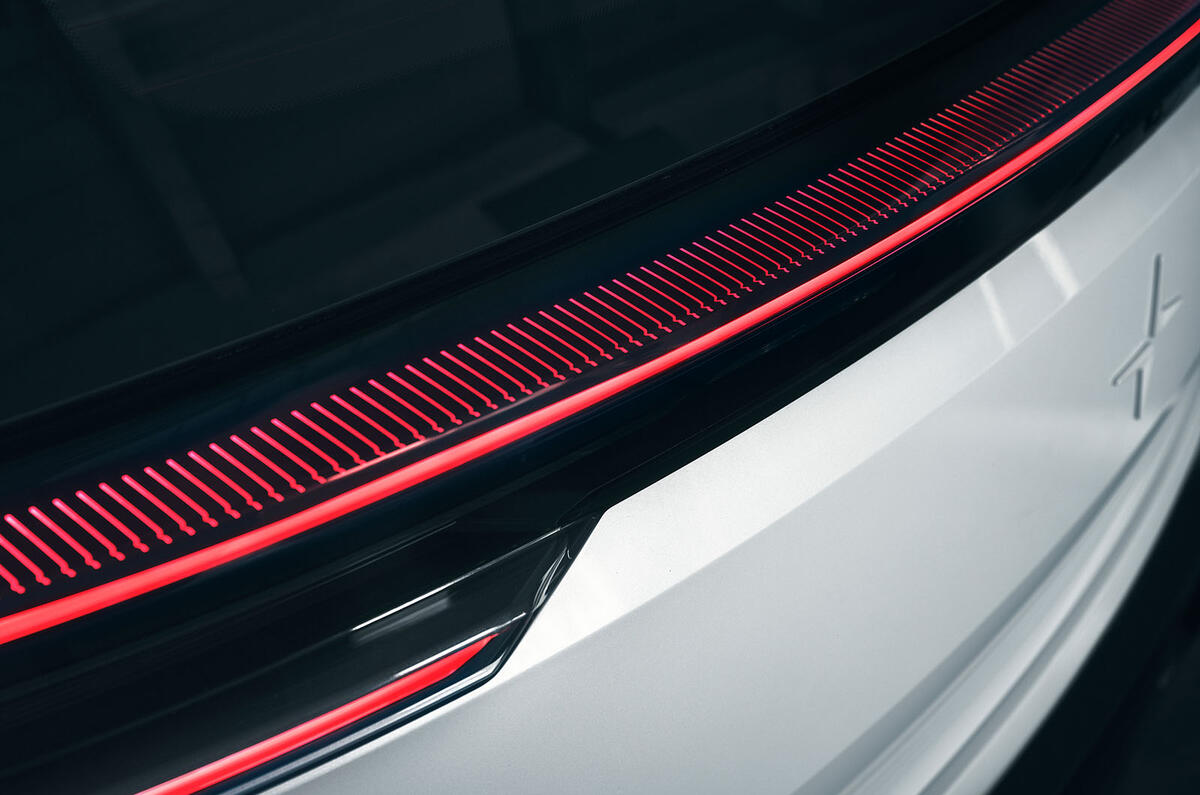
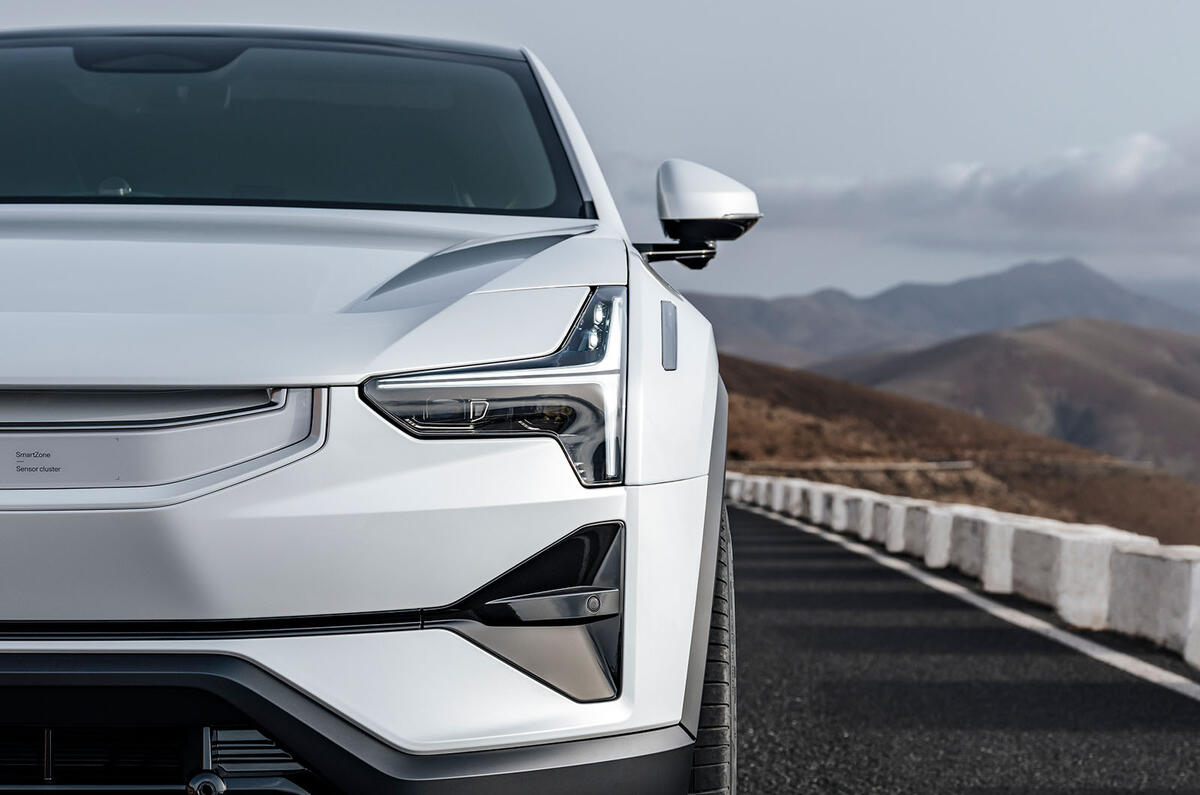








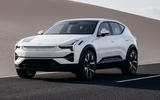
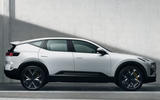

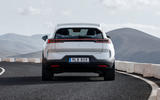



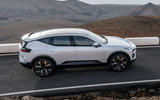

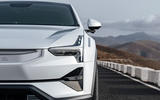

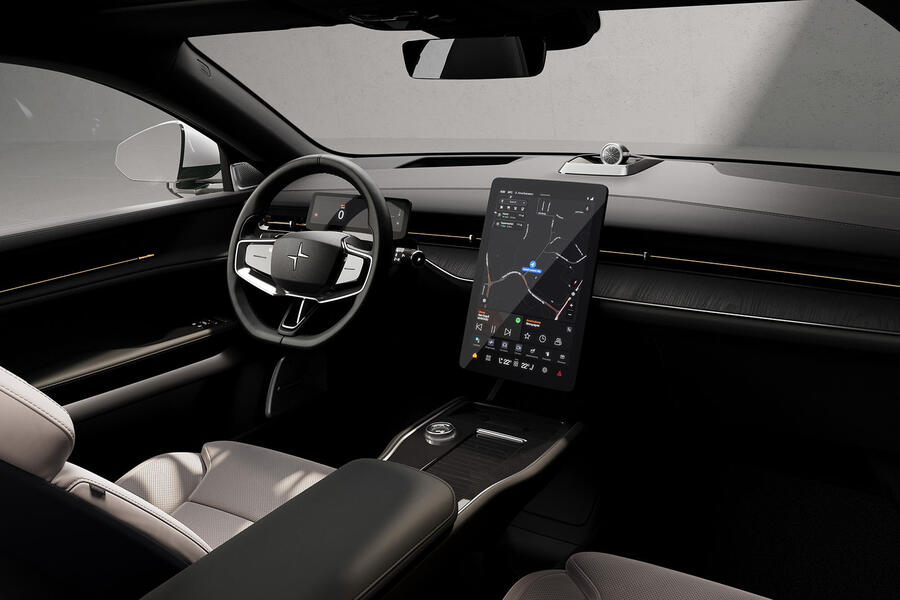
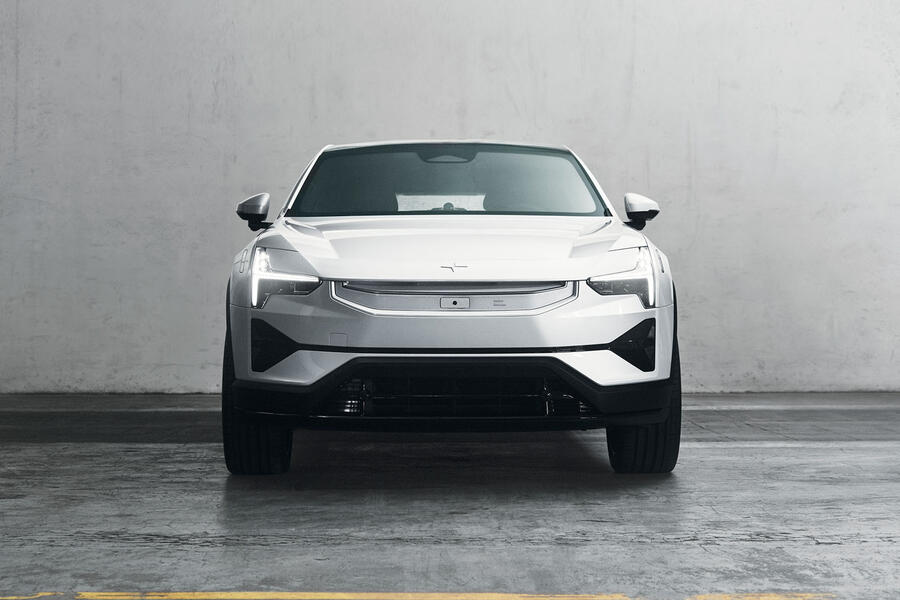






Join the debate
Add your comment
So much self driving rubbish forced upon every buyer yet no buttons or dials in the name of safety, just when others are beginning to put physical controls back in too.
As a brand, I don't get Polestar.
i thought they were sporty Volvos. To my eyes this doesn't look sporty at all, just a Volvo with the corners filed off a bit to be more aero efficient. And speaking of efficiency, what a massive battery to do 379 miles. That doesn't sound efficient.
In this age of of high bills and economic downturn affecting most of the population, why aren't manufacturers not concentrating on producing affordable transportation for masses?, yes, there plenty folk with millions in their accounts who buy cars like these like they buy Toothpaste,mis there no profit in making a car for the less fortunate?, this car is crammed with so much safety tech, most of which I think would encourage some to trust the tech than actually pay attention and drive better.